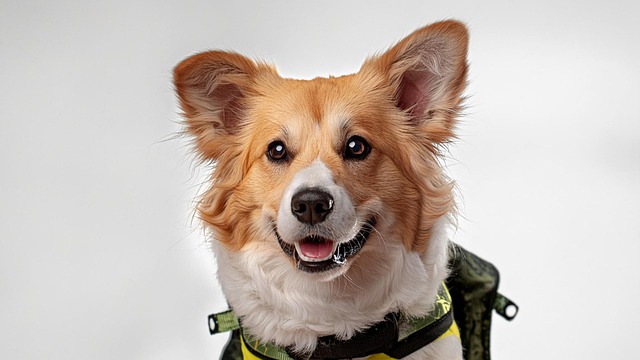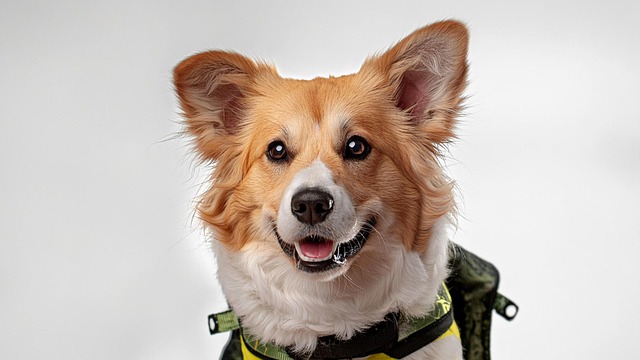
how to use turmeric for worms in dogs
If you’ve noticed your 1-year-old terrier mix, Ruby, losing weight despite eating well or passing small, rice-like bits in her stool, intestinal worms might be the culprit.
Many dog owners don’t realize how easy it is to overlook the first signs of liver cirrhosis—after all, a dog turning down a treat or napping a little extra might seem like just a off day. But those small, seemingly harmless changes can be early clues that their liver isn’t working as it should. Knowing what to look for helps you step in quickly, which is key for managing this condition and keeping your furry friend comfortable.
Liver cirrhosis in dogs often starts with subtle signs that are easy to miss—like a sudden lack of interest in their favorite kibble or treats. You might notice your dog lingering by their water bowl more, drinking far more than usual, or having accidents in the house even if they’re house-trained. These early changes in appetite and thirst are common because the liver struggles to process nutrients and regulate fluid levels, so catching them early can make a big difference for their care.
As the condition progresses, more noticeable symptoms may appear, such as yellowing of the eyes, gums, or belly skin—this is called jaundice, and it happens when the liver can’t break down bilirubin properly. Your dog might also seem tired all the time, skipping walks they once loved or napping more than usual. Some dogs develop a swollen abdomen, too, as fluid builds up (a symptom known as ascites), which can make them look uncomfortable or even have trouble lying down.
 Digestive issues are another key sign of liver cirrhosis in dogs. You might find loose stools, diarrhea, or even black, tarry poop—this dark color can indicate bleeding in the digestive tract, a serious side effect of liver problems. Vomiting is common too, especially after eating, as the liver can’t process food efficiently. If your dog shows any of these signs, it’s crucial to visit a vet right away—early diagnosis helps manage the condition better.
Digestive issues are another key sign of liver cirrhosis in dogs. You might find loose stools, diarrhea, or even black, tarry poop—this dark color can indicate bleeding in the digestive tract, a serious side effect of liver problems. Vomiting is common too, especially after eating, as the liver can’t process food efficiently. If your dog shows any of these signs, it’s crucial to visit a vet right away—early diagnosis helps manage the condition better.
It’s important to align with local pet health guidelines, which often require prompt veterinary care for chronic conditions like liver cirrhosis. Many areas also have regulations about pet nutrition, since a special diet is often part of treating liver issues—your vet can recommend foods that ease liver strain. Avoid giving your dog human medications or supplements without vet approval, as some can worsen liver damage and violate local pet safety laws.
Being aware of the symptoms of liver cirrhosis in dogs helps you act fast to protect their health. Regular vet check-ups, even when your dog seems fine, can catch early signs you might miss. With the right care—including medication, diet changes, and plenty of gentle support—many dogs with liver cirrhosis can still enjoy a good quality of life. Remember, your vet is your best resource for guiding you through treatment, so don’t hesitate to ask questions or share any small changes you notice in your dog’s behavior.

If you’ve noticed your 1-year-old terrier mix, Ruby, losing weight despite eating well or passing small, rice-like bits in her stool, intestinal worms might be the culprit.

Dogs can't tell us when their tummies hurt, but their bodies send clear signals if you know what to look for. A common sign is restlessness—pacing around the house, struggling to get comfortable, or even repeatedly lying down and getting back up.

If you’ve stood in the pet food aisle wondering why some bags highlight “real chicken” while others list “meat by-products,”

If you’ve watched your 3-month-old Golden Retriever puppy, Max, drag his paws halfway through a game of fetch or leave half his kibble untouched

Puppies under six months old are most vulnerable to canine distemper, a viral disease that attacks multiple systems. Early signs often start with a mild fever, around 103-105°F, which might be mistaken for a common cold.

If you’ve stared at a puppy food label showing 30% protein and worried you’re overfeeding your 3-month-old Lab mix, Luna, you’re not alone.